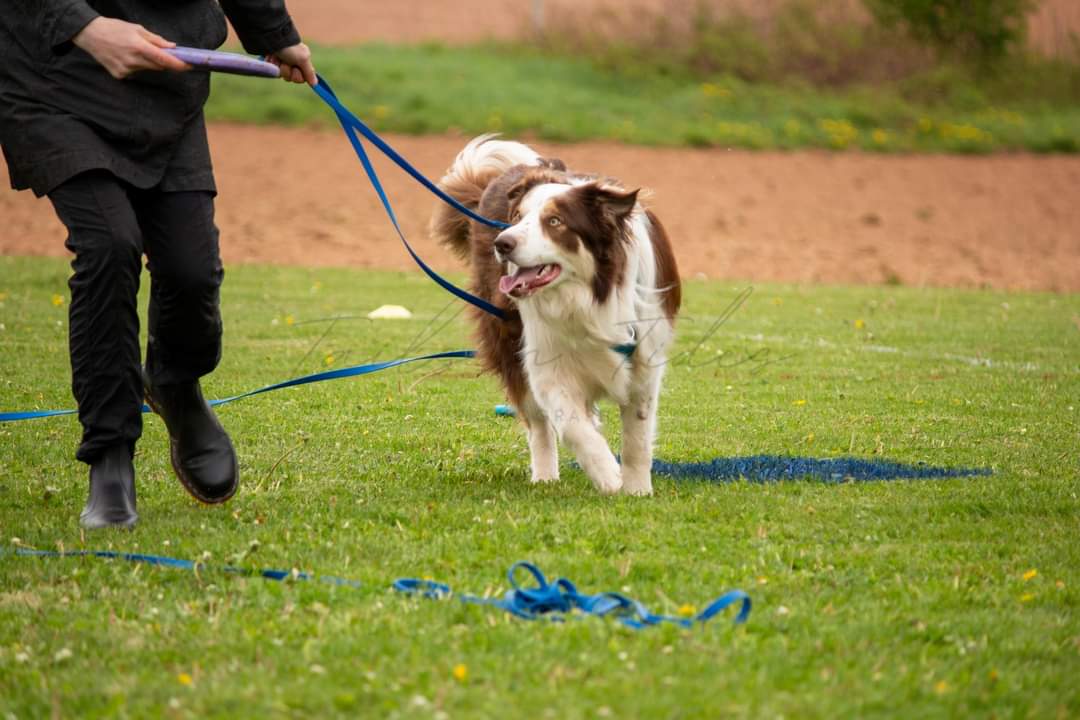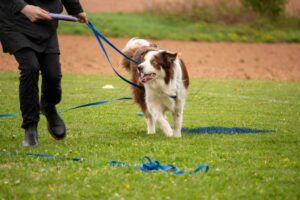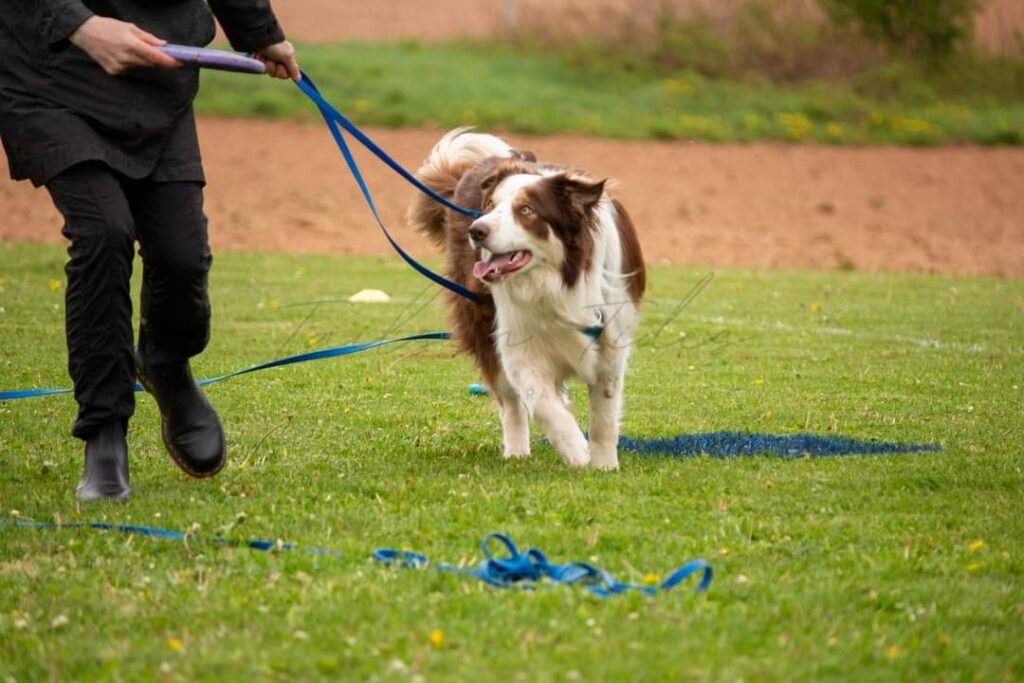
Many of us are busy and overwhelmed with our ever-growing to-do lists. Devoting extra time in our already-jam-packed day to train our dogs can feel totally impossible. If you’re reading this blog, it’s because you care about your dog’s welfare and want to train and provide mental enrichment for your dog. So how do busy, caring humans find the time to meet our dog’s training needs throughout the day? Here are some tips for building behaviours and giving your dog mental enrichment without adding extra time, plus a few easy-to-train behaviours that get you the most bang for your dog-training buck.
Capturing: a Simple-Yet-Effective Training Technique
Capturing is a training technique that refers to marking and rewarding a behaviour that your dog offers naturally, without being prompted. Think of capturing like taking a photo of the behaviour you want, but instead of a camera you are using a clicker (or verbal marker) and a treat or other reward. Examples of behaviours you might capture include: lying down at your feet when you sit on the couch; checking in with you on a walk; bringing you a toy to play with; keeping four paws on the floor while you’re prepping food in the kitchen; going into their crate by themselves; etc. Capturing is a time-saver because you don’t need to set aside additional time to train: you are simply watching for your dog to perform a desirable behaviour on their own.
There are several benefits to capturing:
- No need to shape complex behaviours: capturing takes advantage of behaviours the dog offers naturally, which allows us to build desirable behaviours quickly and easily
- Helps us hone our observation skills, making us better trainers in the process
- Focuses on positive reinforcement: instead of waiting for our dogs to make a mistake, we are proactively reinforcing our dogs for behaviours we like
- A great relationship-building exercise: capturing focuses on clear, concise, positive-reinforcement based communication with our dogs
- A great way to integrate a new dog or puppy into the household: no need to put added pressure onto your new dog by asking them to perform behaviours they may not be able to do yet
Kathy Sdao’s SMART x 50 Protocol is a structured training protocol that uses capturing to build desirable behaviours quickly and easily. SMART stands for See, Mark, and Reward Training, and the “50” refers to 50 times a day: the protocol asks us to observe our dogs throughout the day and look for 50 rewardable moments each day. You can portion out 50 pieces of kibble or treats that you plan to “capture” behaviours with each day; set up some reward stations around the house (kitchen counter, near the front door, etc.) and mark/reward your dog for any behaviours you like!
“People should learn how to be a skilled, generous, creative “feeder.” That is, they should understand and embrace the fact that their main role, if they want to be a great trainer, is to reinforce repeatedly any dog behaviours they want to see more of.” – Kathy Sdao
https://www.clickertraining.com/node/3476
Easy, Valuable, and Versatile Behaviours to Teach Your Dog
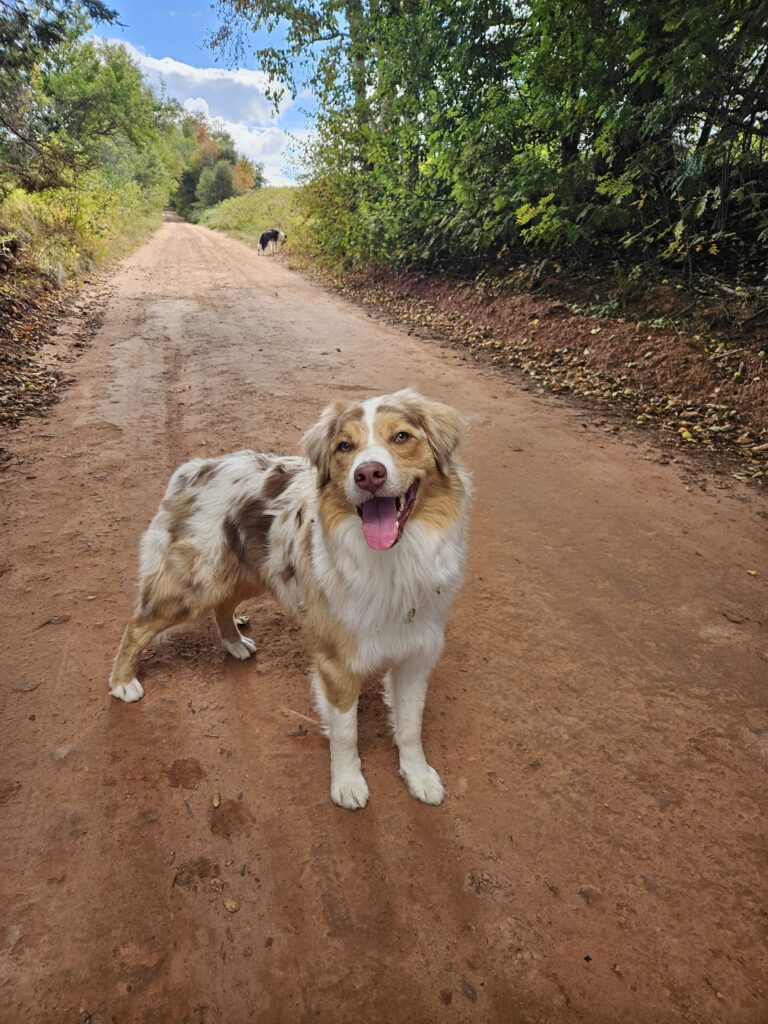
Training complex behaviours with your dog can be a lot of fun, but if you’re struggling to find time, focus on teaching your dog a few functional and useful behaviours instead. The behaviours below are extremely versatile: you can use them with your dog in a variety of ways and they are relatively simple to train!
Whiplash Turn
If you only teach your dog one behaviour , it should be this! Instead of training separate cues for recall, leave-it, eye contact, and redirecting your dog, you can train just one behaviour that covers it all. The Whiplash Turn, from Leslie McDevitt’s Control Unleashed program, is all about getting your dog’s attention fast, Bonus: it’s very easy to teach!
The key to success with this behaviour is choosing a novel, unique recall cue that your dog a) hasn’t learned to ignore yet, and b) cuts through background noise and is easily perceived by the dog.!
- Stand with your dog facing you
- Place a treat behind your dog and let them turn away from you and eat it
- As they are eating it, step behind themClick/treat for head turn and re-orienting back to handler
- aim for 5-8 reps
- Repeat the exercise but add your verbal cue just before they turn back to you
Hand-Target
Hand-targeting (aka the “touch” cue) is easy to train because it takes advantage of our dog’s natural curiosity: if you hold your hand out, your dog is likely to investigate. Why not put that behaviour on cue?
Hand-targeting is often used for recall or redirecting a dog, but you can also use it to maneuver your dog without pushing or pulling (e.g. loading in and out of the car); for passing by distractions (you can cue a hand-target in heel position); and even for teaching polite greetings! Another benefit is that hand-targeting can teach nervous or shy dogs that an extended human hand is an opportunity for treats, instead of something potentially scary! Below are instructions on how to teach this behaviour.
Instructions:
- Hold your flat hand, palm out, an inch or two away from your dog.
- When your dog sniffs your hand, mark at the exact second their nose makes contact.
- Reward the dog by treating directly on or in front of your open palm.
- Repeat x 5 then add cue “touch” before you present your hand to your dog
Ping Pong Pattern Game
Another gem from the Control Unleashed program is the Ping Pong pattern game. This games uses calming, predictable movement patterns to build attention and focus in highly-distracting or worrying environments. Pattern games are great for dogs who are easily excited and/or concerned- they allow the dog to safely navigate situations or environments that feel too overwhelming (think vet clinics, agility trials, busy parks, loud streets…). Bonus: Ping Pong reinforces eye contact, recall, and leash skills! We love that!
Instructions:
- Start with your dog facing you
- Roll a treat to one side, approximately 5 feet from you
- Allow your dog to eat it, then come back to you OR look up at you (or both)
- Click the moment your dog comes back or looks at you
- Reward by rolling a treat to the opposite side
- Repeat x 10
Additional Time-Saving Tips
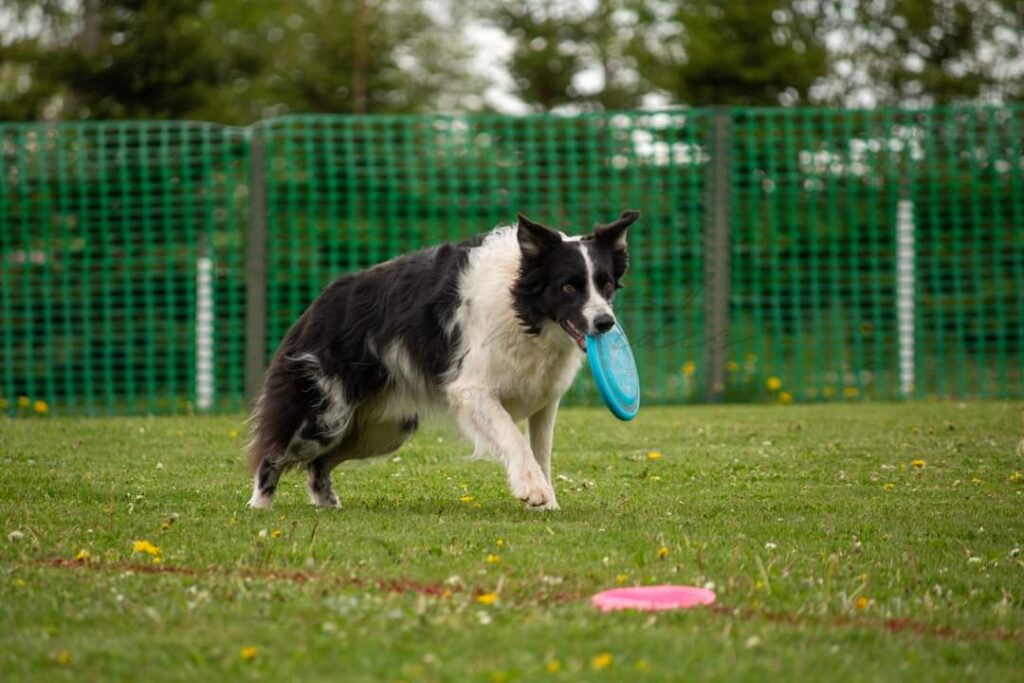
- Keep training sessions short and sweet: training sessions should be shorter than you think! Break training tasks into 30-60 second sessions, then take a break. Aim for 5 minutes total per day.
- Train during walks or during games of fetch: no need to add additional time into your day to train: you can do it on the go, using the time you’re already setting aside for your dog’s exercise. Try training during the last 2-3 minutes of a walk, after your dog has had their exercise needs met. (They’ll likely be more focused at this point.) If you play fetch with your dog, try asking for a few simple behaviours in between throws, or take the opportunity to practice you dog’s trade/ drop skills. Reinforce with a click and a ball throw!
- Hire a professional: we all need a little help sometimes, and there’s nothing wrong with hiring a certified, credentialed positive-reinforcement based trainer to help you and your dog reach your training goals. Did you know that Spot On offers Day School, a weekday program where you can hand the leash over to a skilled trainer for a few hours? We will work with your dog to build important skills, which we then transfer over to you. Day School will help you check “train the dog” off your to-do list!
About the author: Beth Dowbiggin is a professional dog trainer, a Karen Pryor Academy Certified Training Partner (KPA-CTP) and a Certified Family Dog Mediator (FDM) living and working in Prince Edward Island, Canada. She teaches puppy, basic manners, and advanced obedience classes through Spot On Dogs in Charlottetown.
